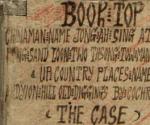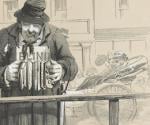Life on the fields
The experience of life on the goldfields was different for all who arrived, but few had it easy.
Learn about the people and communities who made the gold fields into a vibrant, multicultural and sometimes dangerous place to live.
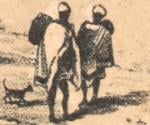
Historians are beginning to piece together the role of Indigenous Australians in the Victorian gold rush.

Antoine Fauchery returned from Ballarat with £60; he spent £30 on a billiard table and opened his café.
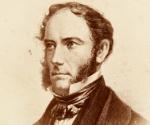
Vice-Admiral Sir Charles Hotham didn't want the job, but he had no choice - Victoria needed sorting out.
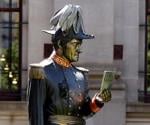
For 15 years Charles Joseph La Trobe governed over one of the most turbulent periods in Victorian history.

Chinese migrants made up a large proportion of those coming to Victoria to try and make their fortune on the gold fields.

Life was incredibly hard for diggers. Many even described the gold fields as a graveyard - each man digging his own grave.
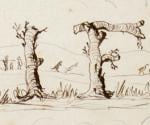
Edward Snell made ‘two piles’ of money: one out of gold-digging, the other as the Engineer of the Melbourne-Geelong Railway.
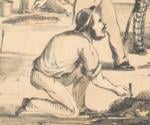
Most observers were surprised that such a large population - most of them armed - were so well-behaved.
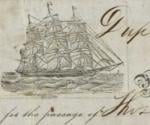
In New York, the Piersons joined American, Canadian, German and English men and women on a 4 month voyage to Australia.


